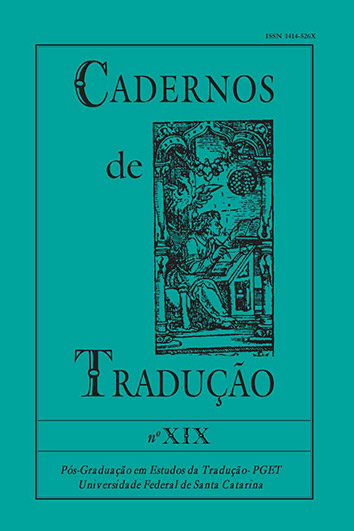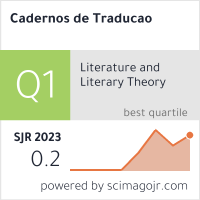De uma periferia à outra na tradução português - dinamarquês.
DOI:
https://doi.org/10.5007/%25xAbstract
This article aims at presenting the Luso-Danish history of translation in the sense of focusing some of the numerous factors influencing it, such as the relation between the history of translation and the history of the Danish language. While the first Portuguese work to be translated into Danish was Os Lusíadas, which as early as in 1828 – at the height of the Romantic epoch - conquered the considerable distance between the two peripheries of Europe, it was not until 1948 with the translation of Os Sertões that for the first time a Brazilian text was made available in Danish. The article offers examples of how an international ideological frame has been decisive for the translation of new texts and it shows how the remunerativeness of translated texts has often been unpredictable at the time of publication. Thus, it also proves that without extern financial support and a certain idealism on the part of the editors and translators, it is almost impossible to maintain alive the contact between two languages as Portuguese andDanish.Downloads
Published
How to Cite
Issue
Section
License
Copyright (c) 2007 Cadernos de Tradução

This work is licensed under a Creative Commons Attribution 4.0 International License.
Copyright Notice
Authors hold the copyright and grant the journal the right for their articles' first publication, being their works simultaneously licensed under the Creative Commons Attribution License (CC BY), which allows the sharing of such works with its authorship acknowledged and its initial publication in this journal.
Authors are allowed to enter into separate additional contractual arrangements for the non-exclusive distribution of the journal's published version of the work (e.g., post it to an institutional repository or as a book chapter, with an acknowledgment of its initial publication in this journal).











































